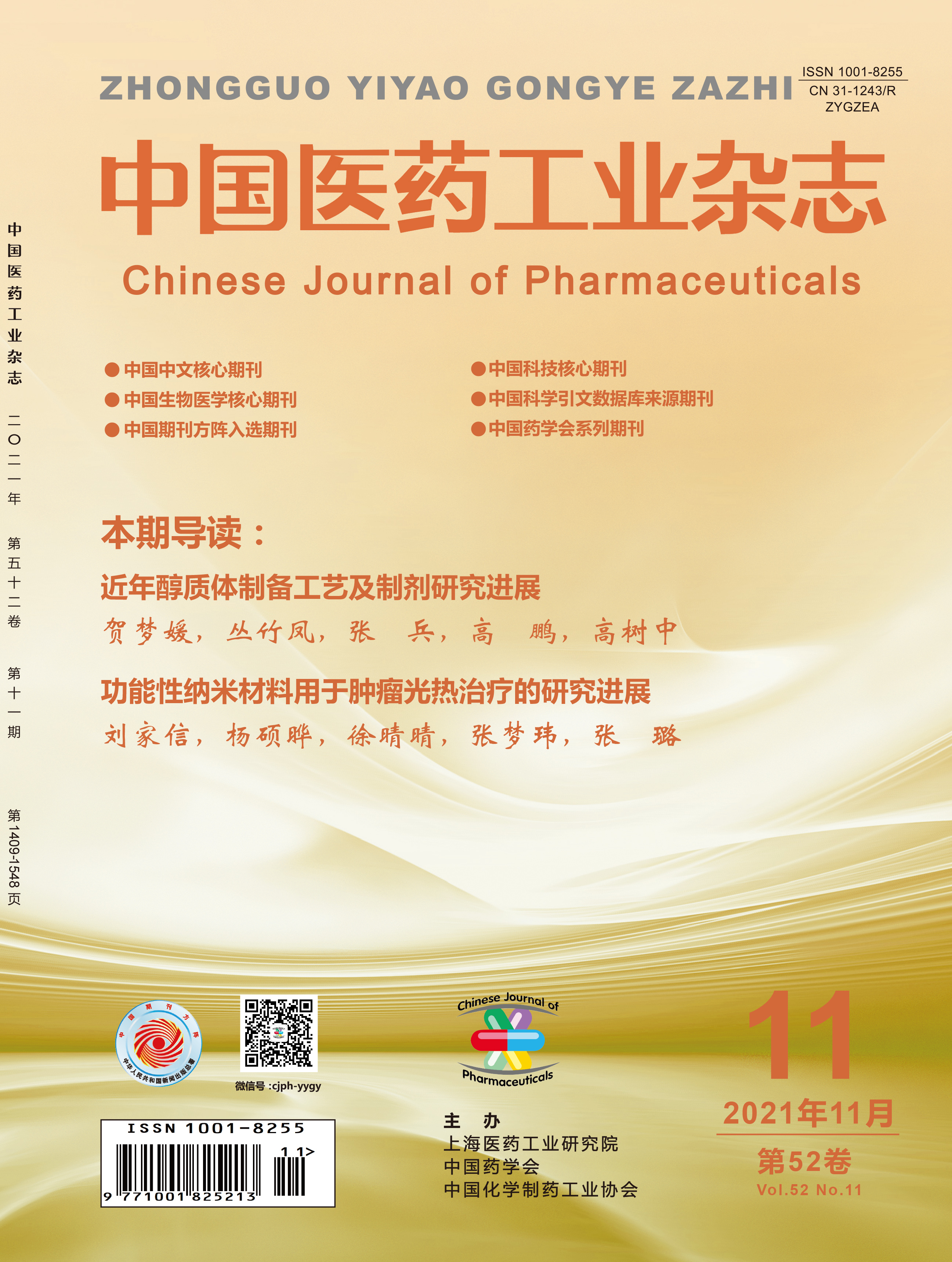Paper
CAI Jianguang, YANG Kai, LIN Tanghuan, WANG Linghui, WANG Guan
In order to perform the quality control of methoprene, its (R)-isomer, (7R,2E,4E)-11-methoxy- 3,7,11-trimethyldodecadienoic acid isopropyl ester(2), was synthesis. (R)-3,7-Dimethyl-6-octenoic acid(5) was prepared from inexpensive and easily available (R)-5-methyl-2-(propan-2-ylidene)cyclohexan-1-one(3) via substitution reaction by HCl(g) and cleavage of covalent bands in an alkaline environment, then (R)-7-methoxy-3,7-dimethyloctenal(8) was prepared from 5 by a series of chemical reactions. (R)-4-(7-Methoxy-3,7-dimethyloctylidene)-3-methylpent-2-enedioic acid(10) was synthesized by 8 and dimethyl 3-methylpent-2-enedioate(9) under basic conditions. Then the target product 2 was prepared by a series of chemical reactions include decarboxylation, isomerization, ammonization and esterification. This reported synthesis route was efficient to prepare the chiral compound 2 with a purity of more than 94%.
